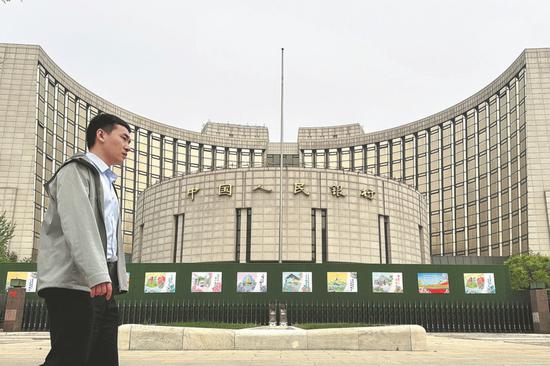
A pedestrian walks past the headquarters of the PBOC in Beijing. (JIANG QIMING/CHINA NEWS SERVICE)
China's central bank will likely increase the trading of government bonds as a liquidity management tool, yet such a move should not be misunderstood as quantitative easing, officials and experts said.
It is appropriate for China to maintain the stability of monetary policy given the remaining scope of interest rate cuts, experts said, citing the likelihood for China to slightly cut policy benchmarks of interest rates in the second half of the year.
Financial News, a newspaper backed by the People's Bank of China, the country's central bank, reported on Tuesday that the trading of treasury bonds in the secondary market can be used as a liquidity management method and a reserve of monetary policy tools.
Quoting an unidentified PBOC official, the report said China's treasury bond market has become the world's third-largest with improved liquidity, making it possible for the central bank to conduct bond buying and selling on the secondary market.
But the official drew a clear distinction between such an operation from QE, in response to speculation that China could resort to QE to bolster the economy.
Typically, QE is deployed when the scope for conventional monetary policy is exhausted — such as when interest rates are close to zero — and is conducted via central banks' direct purchase of government bonds and other financial assets.
"Some central banks in developed economies, having exhausted conventional monetary policy tools, were forced into large-scale, one-way purchases of government bonds to achieve monetary policy goals. In contrast, China adheres to normal monetary policy.
"The PBOC's buying and selling of government bonds would be fundamentally different from those central banks' QE operations," the official told Financial News.
Guo Kai, executive president of the CF40 Institute, said it is now unnecessary for China to resort to QE as the current interest rate level is far from zero.
As long as bond purchases are not combined with expanded fiscal budgets, they themselves do not count as QE, said Guo, who worked with the PBOC in the past.
Channel Yeung, a market analyst at financial trading platform FXTM, said it is appropriate for the PBOC to stick with a prudent policy stance as aggressive easing measures such as QE can indeed stimulate the economy in the short term but would lead to long-term pains like sticky, high inflation, as seen in many developed economies.
Yeung further said he expects the PBOC to likely cut interest rates in the second half when the cycle of global central banks' rate cuts is in place, because cutting interest rates now could destabilize the yuan by widening the elevated US-China interest rate spread further.
The Financial News report also quoted the unidentified official as saying that China's long-term government bond yields will recover upon the issuance of ultra-long-term treasury bonds.
The yield of China's 10-year government bonds has declined sharply this year, standing at 2.25 percent as of Wednesday, compared with 2.57 percent by the end of last year, according to market tracker Wind Info.
The official attributed the recent decline in bond yields to the tight supply of risk-free financial assets, instead of a worsening of China's long-term economic outlook or depressed inflationary expectations.
Steven Barnett, senior resident representative of the International Monetary Fund in China, said on Wednesday that the IMF forecasts that inflation could quickly recover in China, with the growth in the consumer price index expected to come back to about 2 percent by the end of this year.
He made the remarks at the launch of the IMF World Economic Outlook in Beijing, co-hosted by the International Monetary Institute of the Renmin University of China.










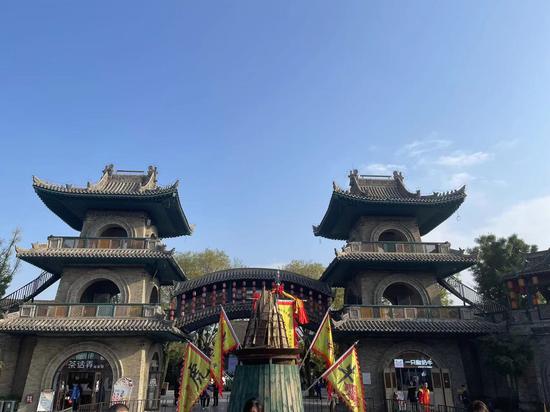

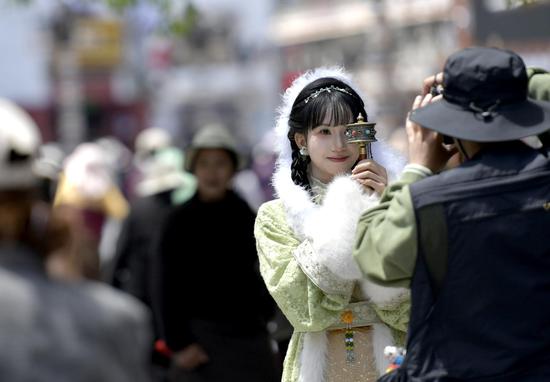






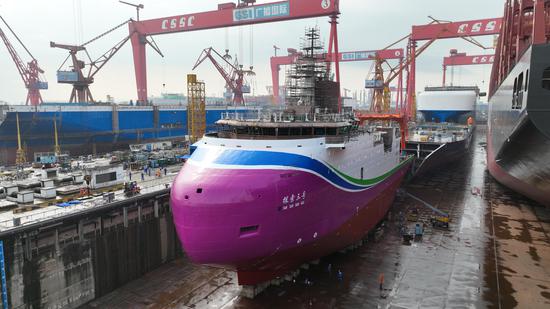



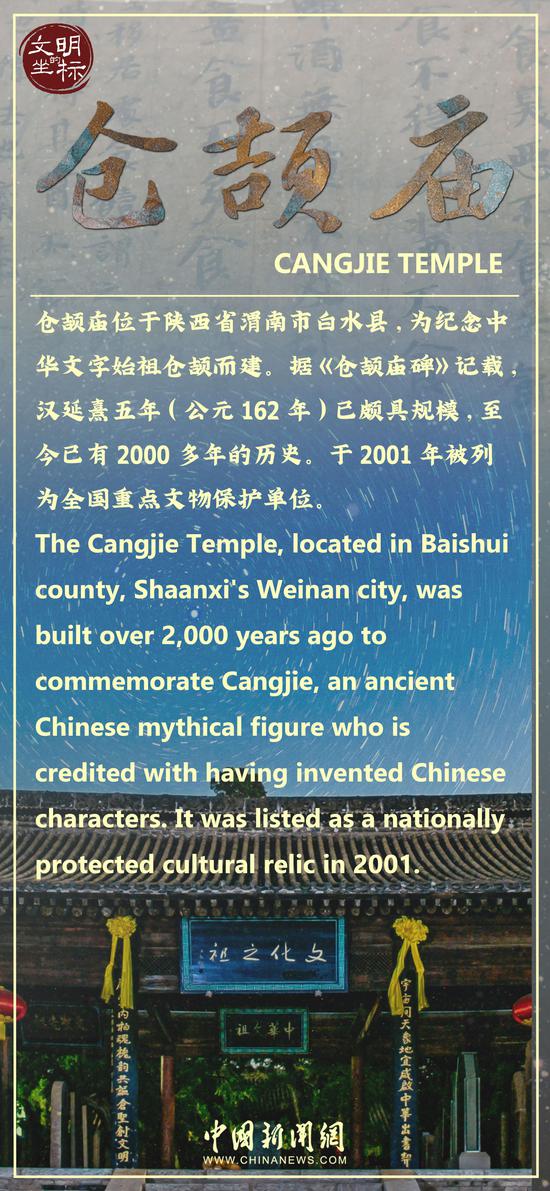
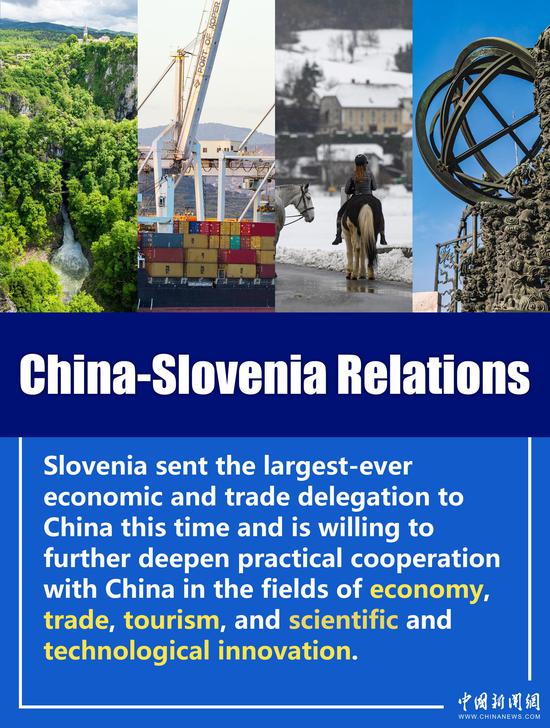
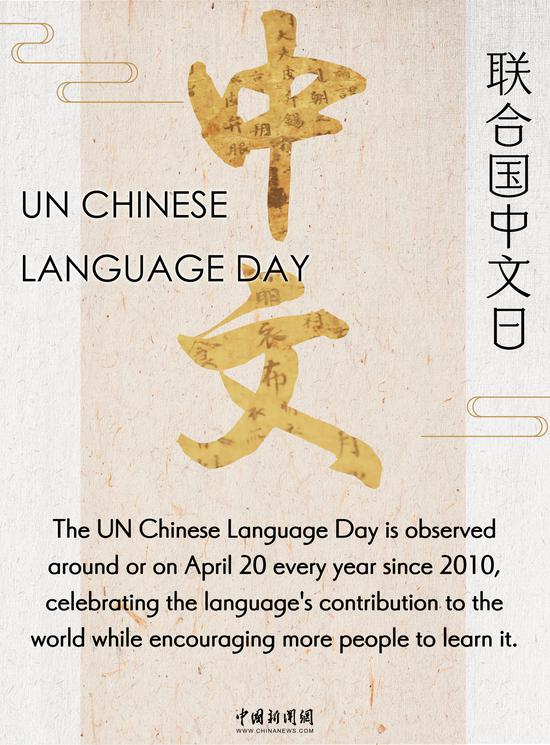
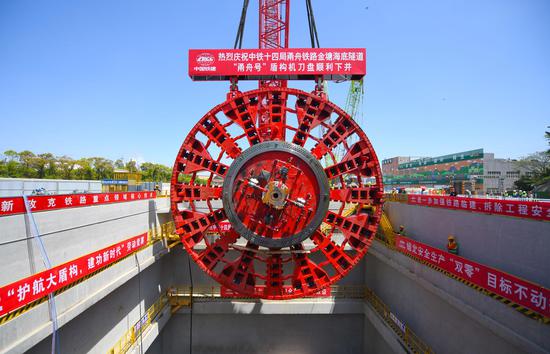

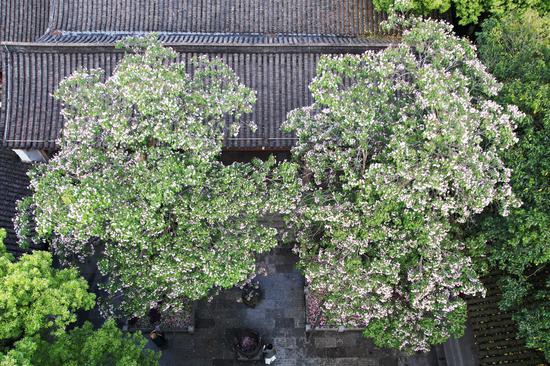
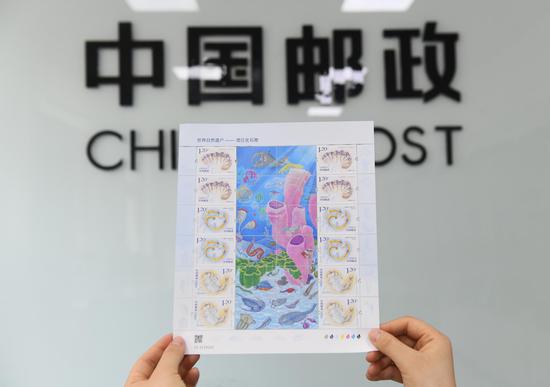
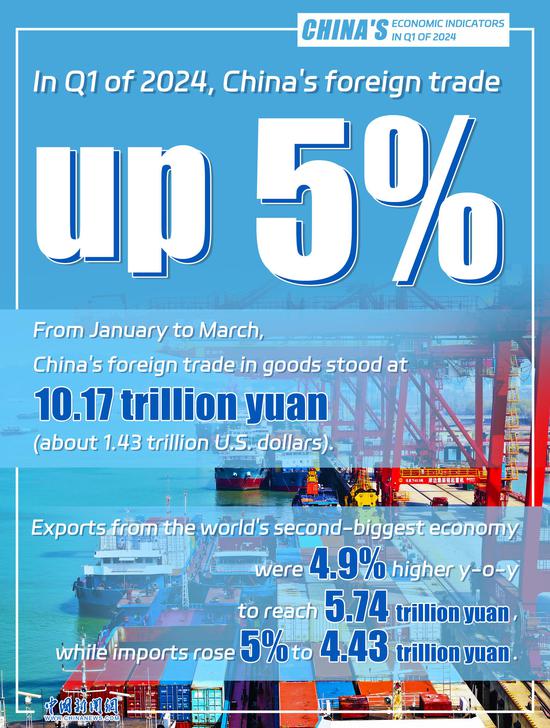




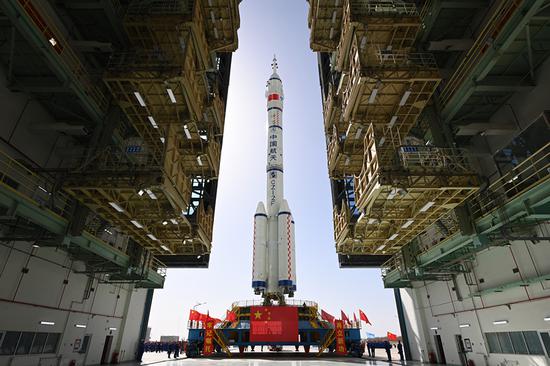
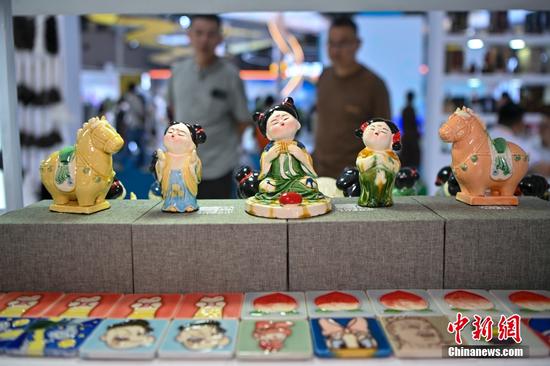


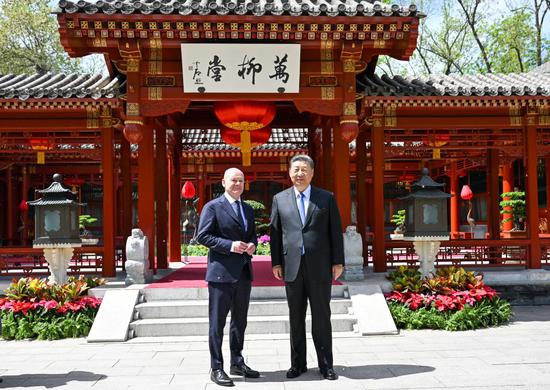



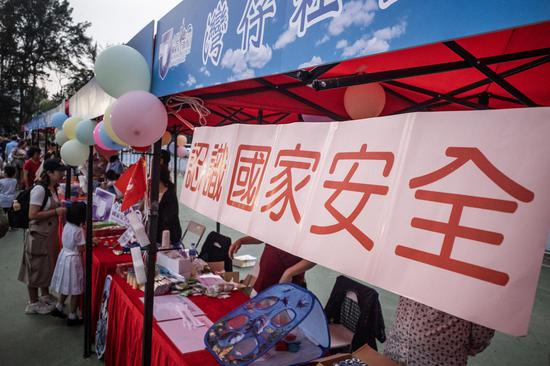


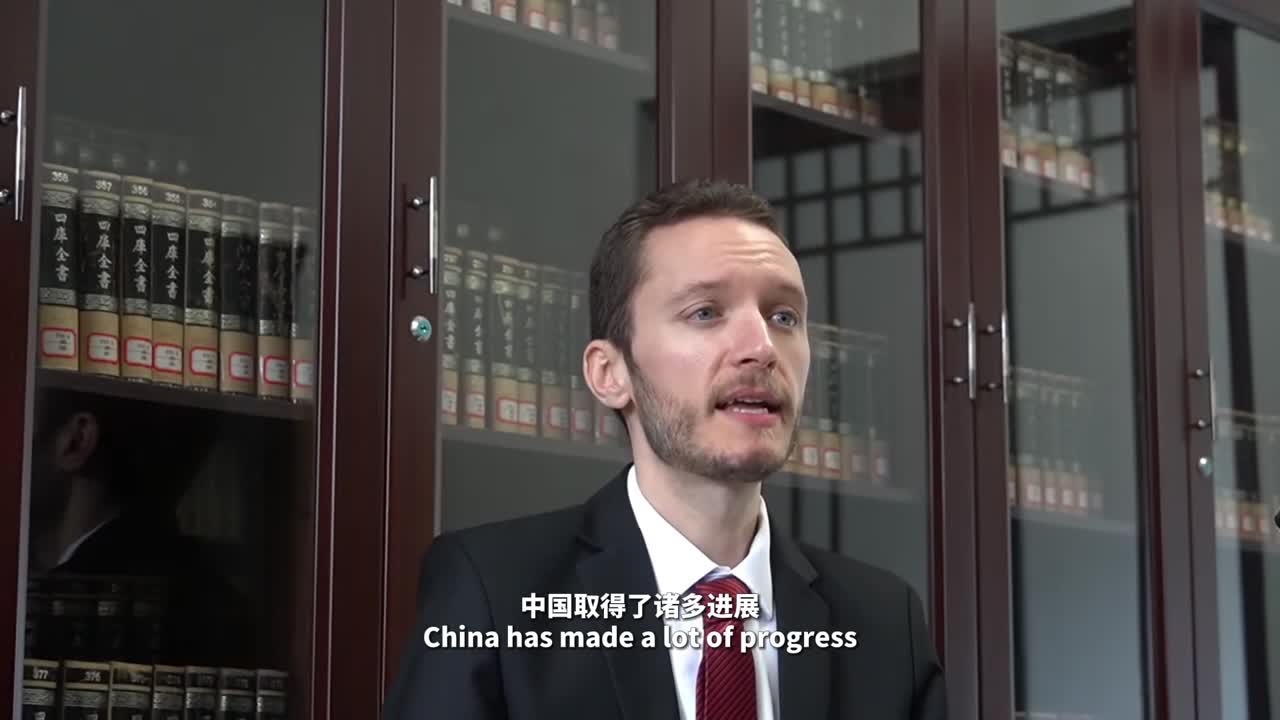



 京公网安备 11010202009201号
京公网安备 11010202009201号